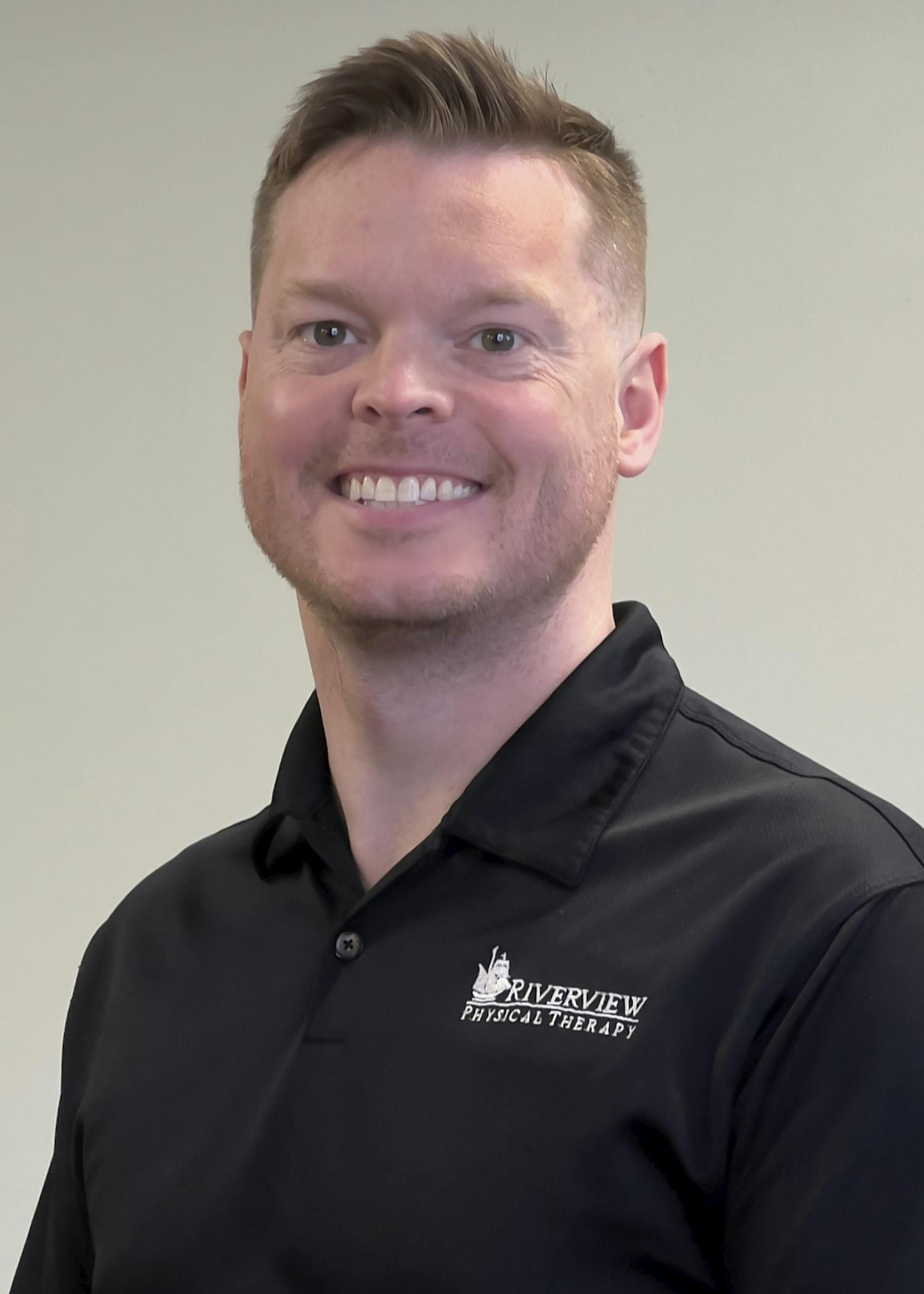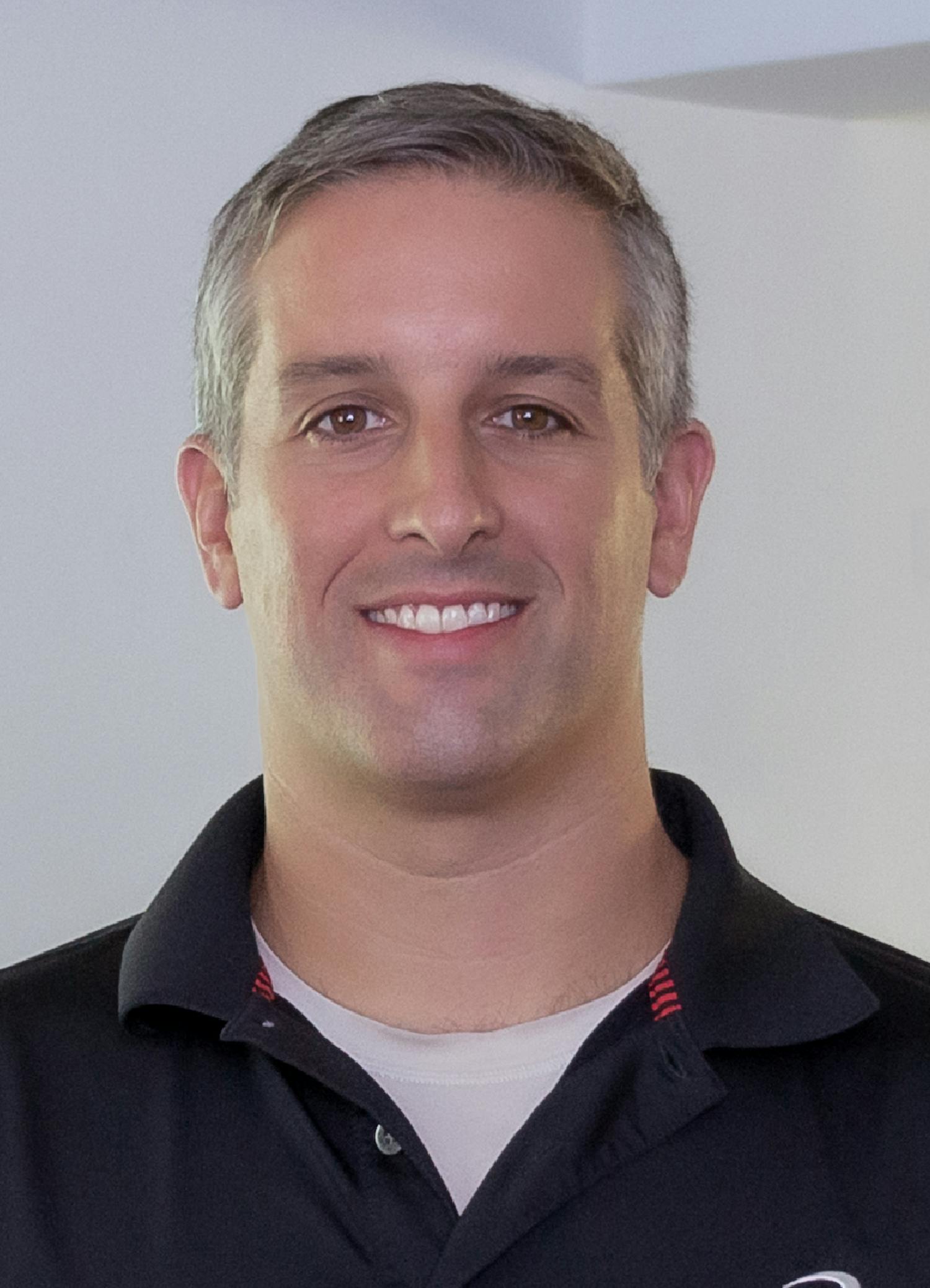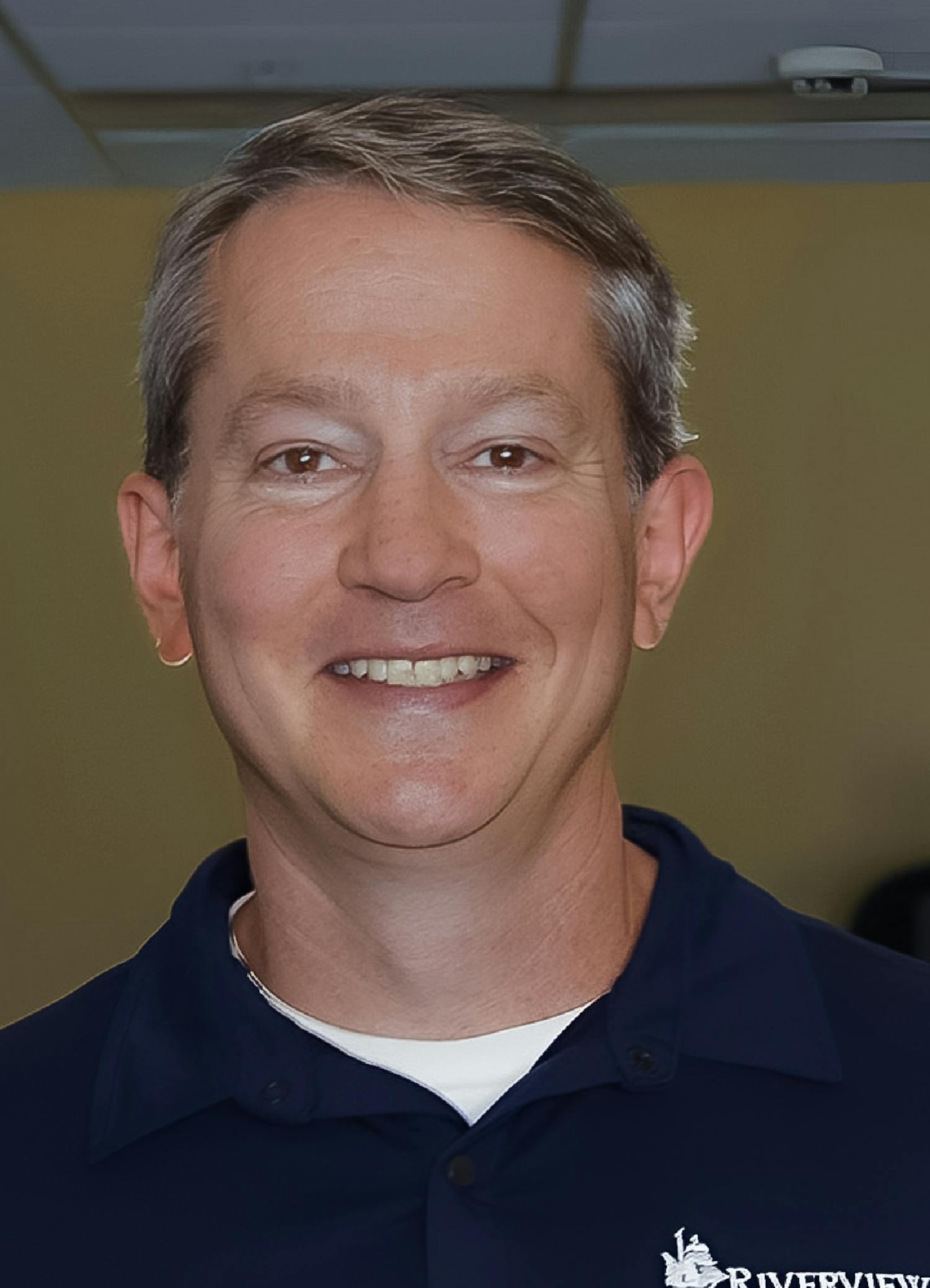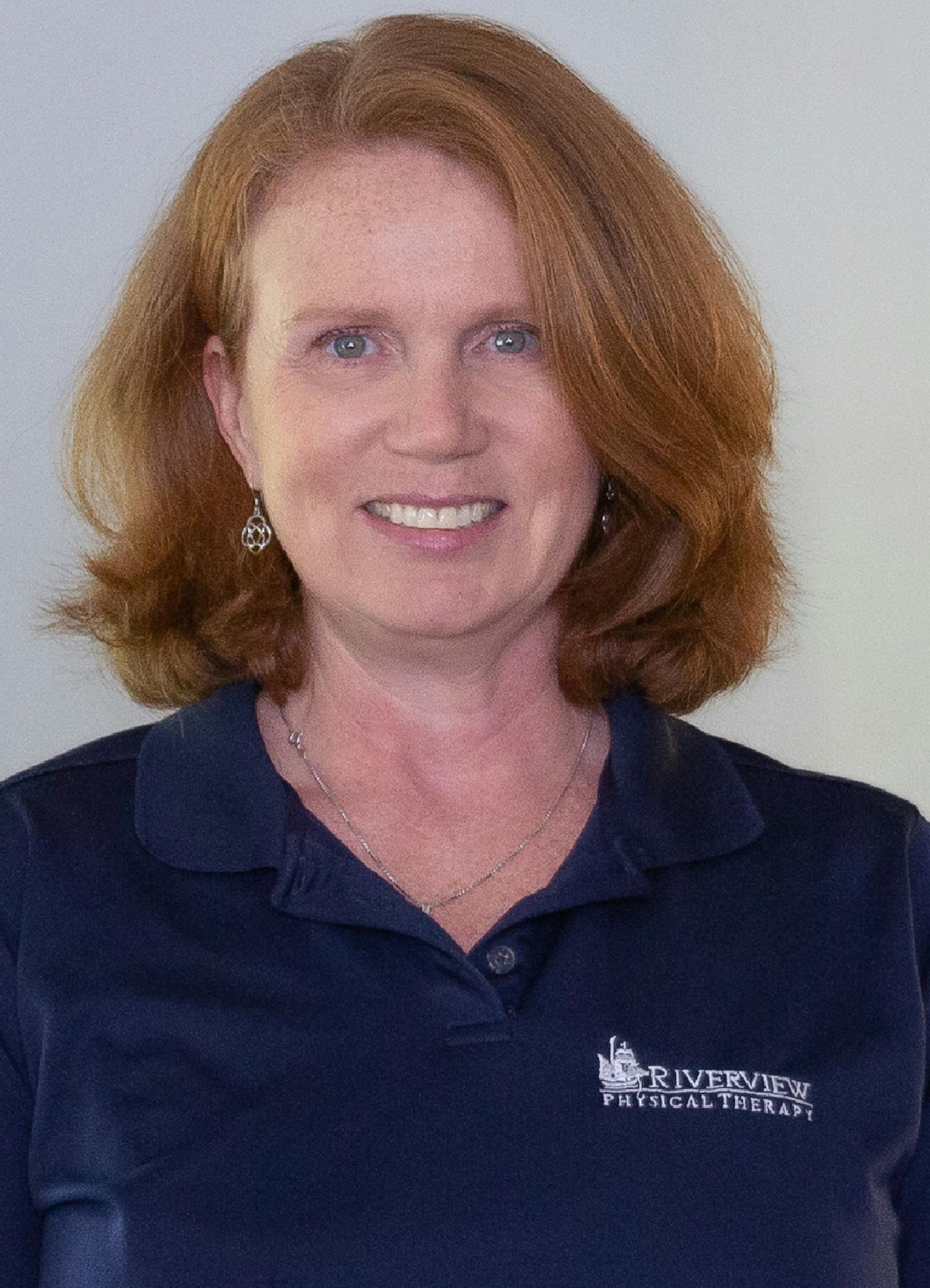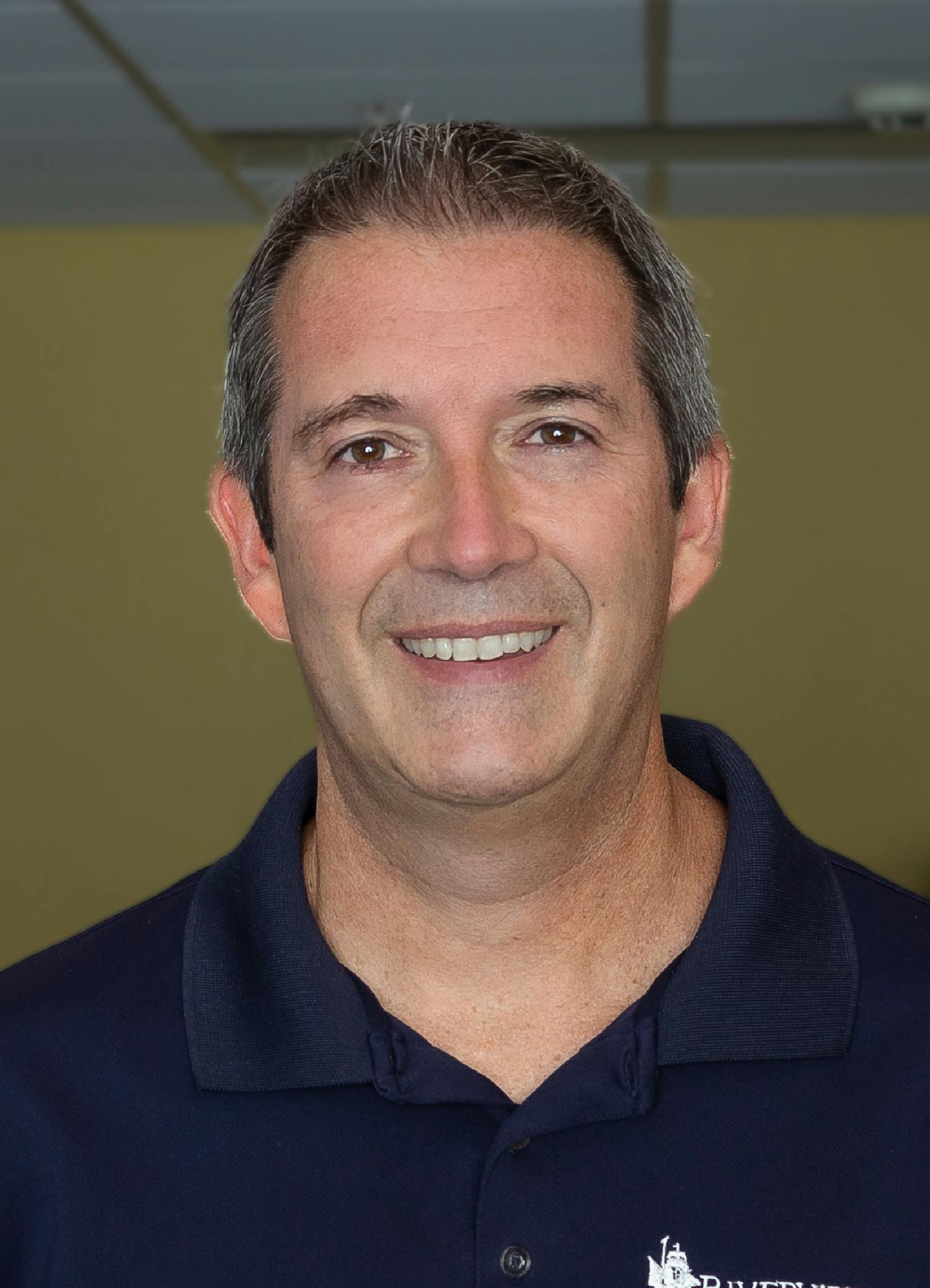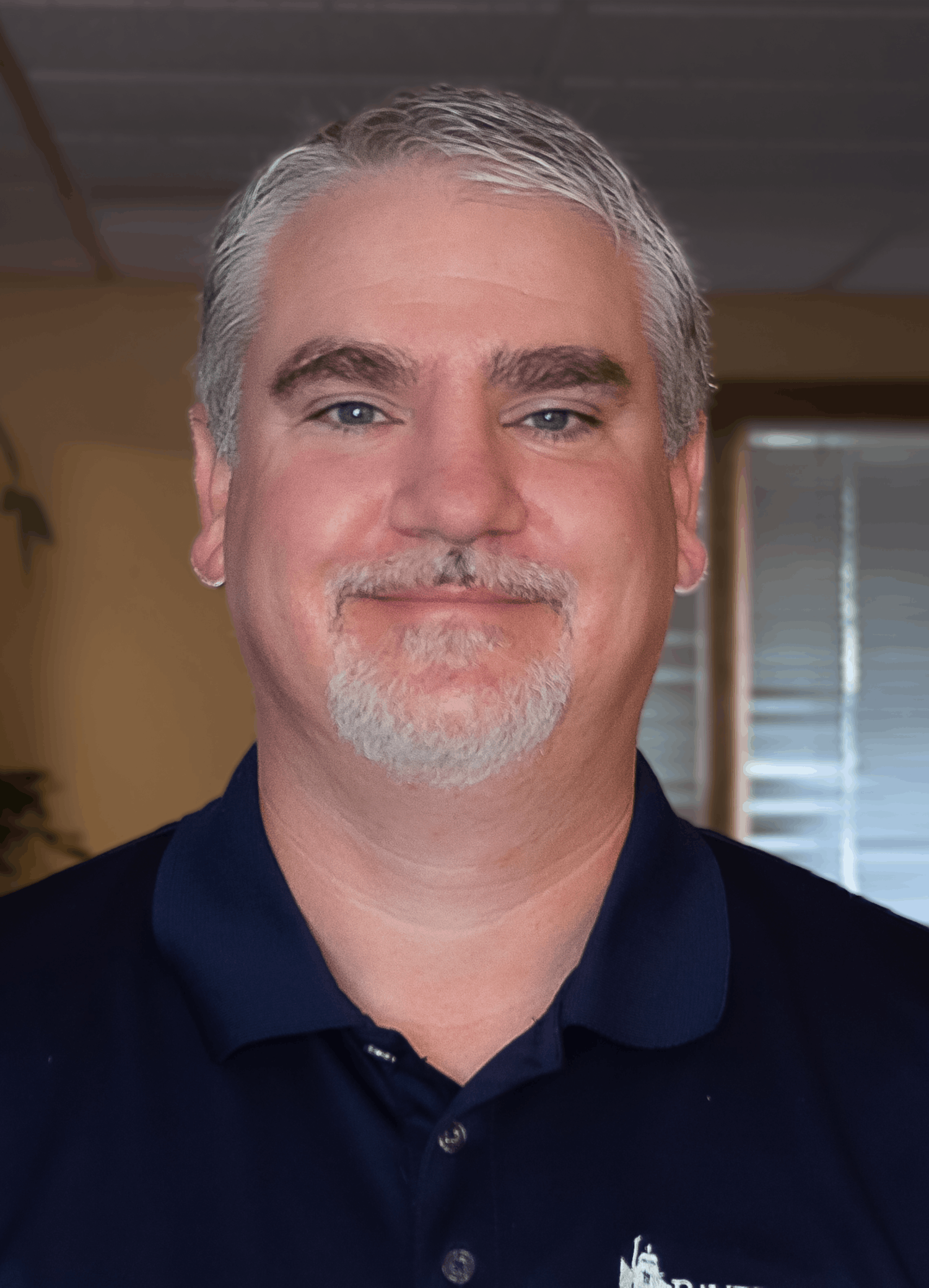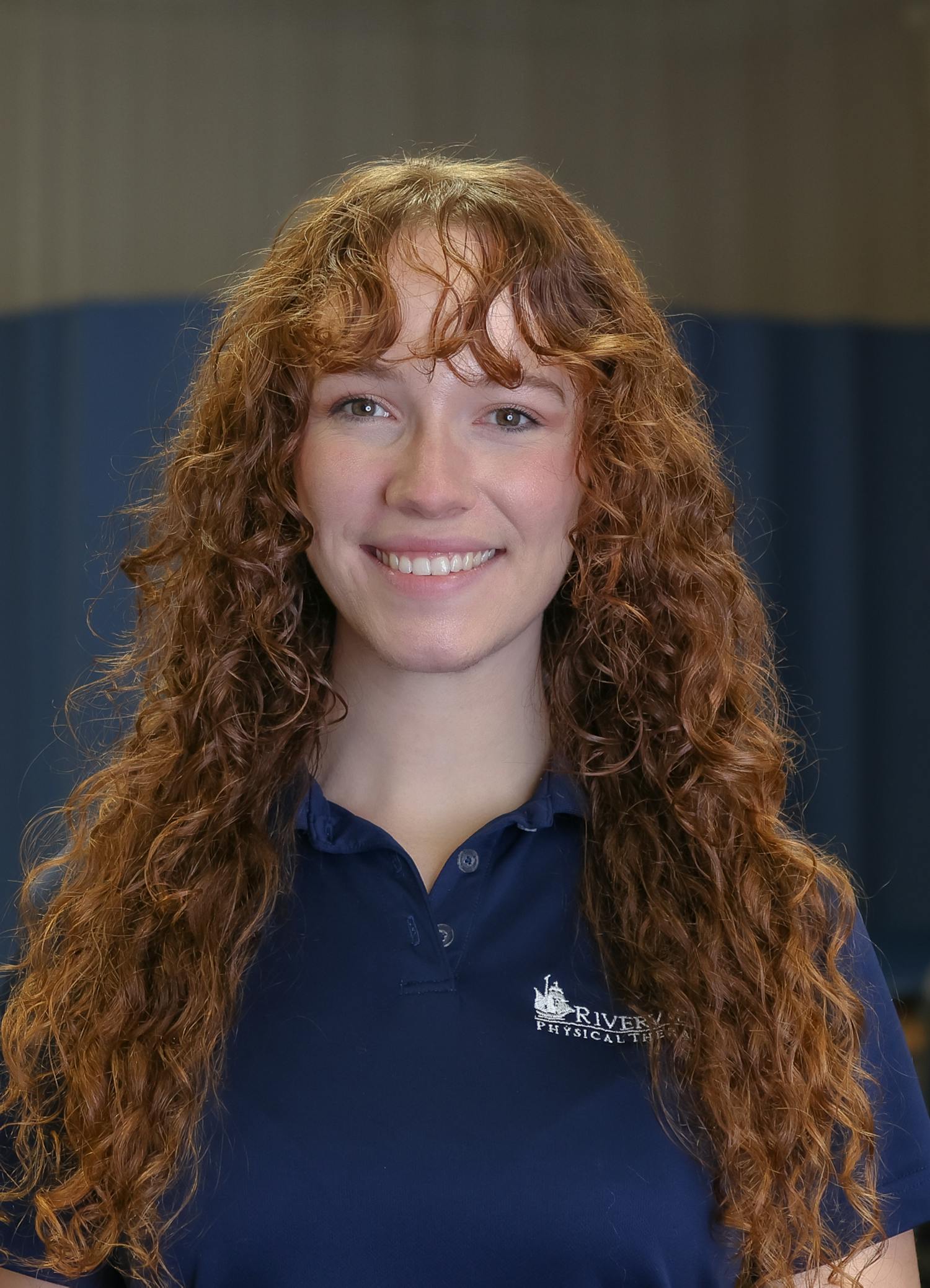Newsletter Video, September 2022
Click Below - Add Your Own Comment

Take These Steps to Reduce Your Fall Risk
Here Is A Quick List Of Things You Can Do To Reduce Your Fall Risk.
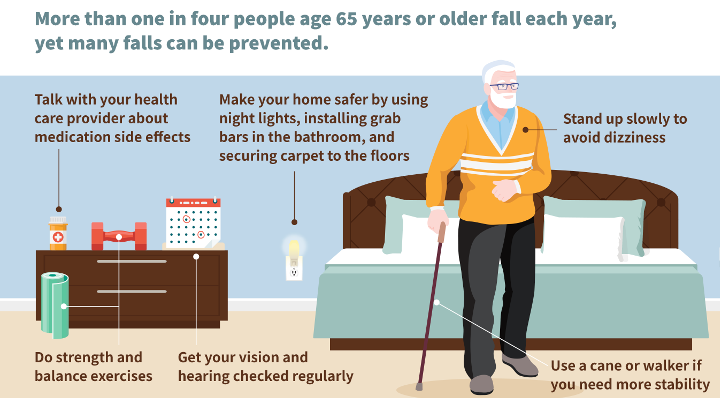
- Stay physically active. Plan an exercise program that is right for you. Regular exercise improves muscles and makes you stronger. It also helps keep your joints, tendons, and ligaments flexible. Mild weight-bearing activities, such as walking or climbing stairs, may slow bone loss from osteoporosis.
- Have your eyes and hearing tested. Even small changes in sight and hearing may cause you to fall. When you get new eyeglasses or contact lenses, take time to get used to them. Always wear your glasses or contacts when you need them. If you have a hearing aid, be sure it fits well and wear it.
- Find out about the side effects of any medicine you take. If a drug makes you sleepy or dizzy, tell your doctor or pharmacist.
- Get enough sleep. If you are sleepy, you are more likely to fall.
- Limit the amount of alcohol you drink. Even a small amount of alcohol can affect your balance and reflexes. Studies show that the rate of hip fractures in older adults increases with alcohol use.
- Stand up slowly. Getting up too quickly can cause your blood pressure to drop. That can make you feel wobbly. Get your blood pressure checked when lying and standing.
- Use an assistive device if you need help feeling steady when you walk. Appropriate use of canes and walkers can prevent falls. If your doctor tells you to use a cane or walker, make sure it is the right size for you and the wheels roll smoothly. This is important when you're walking in areas you don't know well or where the walkways are uneven. A physical or occupational therapist can help you decide which devices might be helpful and teach you how to use them safely.
- Be very careful when walking on wet or icy surfaces. They can be very slippery! Try to have sand or salt spread on icy areas by your front or back door.
- Wear non-skid, rubber-soled, low-heeled shoes, or lace-up shoes with non-skid soles that fully support your feet. It is important that the soles are not too thin or too thick. Don't walk on stairs or floors in socks or in shoes and slippers with smooth soles.
- Always tell your doctor if you have fallen since your last checkup, even if you aren't hurt when you fall. A fall can alert your doctor to a new medical problem or problems with your medications or eyesight that can be corrected. Your doctor may suggest physical therapy, a walking aid, or other steps to help prevent future falls.

What to Do If You Fall
- Whether you are at home or somewhere else, a sudden fall can be startling and upsetting. If you do fall, stay as calm as possible.
- Take several deep breaths to try to relax.
- Remain still on the floor or ground for a few moments. This will help you get over the shock of falling.
- Decide if you are hurt before getting up. Getting up too quickly or in the wrong way could make an injury worse.
- If you think you can get up safely without help, roll over onto your side. Rest again while your body and blood pressure adjust. Slowly get up on your hands and knees, and crawl to a sturdy chair.
- Put your hands on the chair seat and slide one foot forward so that it is flat on the floor. Keep the other leg bent so the knee is on the floor. From this kneeling position, slowly rise and turn your body to sit in the chair.
- If you are hurt or cannot get up on your own, ask someone for help or call your local emergency number. If you are alone, try to get into a comfortable position and wait for help to arrive.
- Carrying a mobile or portable phone with you as you move about your house could make it easier to call someone if you need assistance. An emergency response system, which lets you push a button on a special necklace or bracelet to call for help, is another option.

Tips to Reduce Hazards at Home
In stairways, hallways, and pathways:
- Have handrails on both sides of the stairs, and make sure they are tightly fastened. Hold the handrails when you use the stairs, going up or down. If you must carry something while you're on the stairs, hold it in one hand and use the handrail with the other. Don't let what you're carrying block your view of the steps.
- Make sure there is good lighting with light switches at the top and bottom of stairs and on each end of a long hall. Remember to use the lights!
- Keep areas where you walk tidy. Don't leave books, papers, clothes, and shoes on the floor or stairs.
- Check that all carpets are fixed firmly to the floor so they won't slip. Put no-slip strips on tile and wooden floors. You can buy these strips at the hardware store.
- Don't use throw rugs or small area rugs.
In bathrooms and powder rooms
- Mount grab bars near toilets and on both the inside and outside of your tub and shower.
- Place non-skid mats, strips, or carpet on all surfaces that may get wet.
- Remember to turn on night lights.
In your bedroom
- Put night lights and light switches close to your bed.
- Keep a flashlight by your bed in case the power is out and you need to get up.
- Keep your telephone near your bed.
In other living areas
- Keep electric cords and telephone wires near walls and away from walking paths. Fall hazards in the home, including a scatter rug, dog beds, and empty slippers, should be removed.
- Secure all carpets and large area rugs firmly to the floor.
- Arrange your furniture (especially low coffee tables) and other objects so they are not in your way when you walk.
- Make sure your sofas and chairs are the right height for you to get in and out of them easily.
- Don't walk on newly washed floors - they are slippery.
- Keep items you use often within easy reach.
- Don't stand on a chair or table to reach something that's too high - use a "reach stick" instead or ask for help. Reach sticks are special grabbing tools that you can buy at many hardware or medical-supply stores. If you use a step stool, make sure it is steady and has a handrail on top. Have someone stand next to you.
- Don't let your cat or dog trip you. Know where your pet is whenever you're standing or walking.
- Keep emergency numbers in large print near each telephone.

Medical Alarm References
- If you're concerned about falling, think about getting an emergency response system.
- Don't be embarrassed to push the button. Better to be safe than sorry.
- If you fall or need emergency help, you push a button on a special necklace or bracelet to alert 911.
- There is a fee for this service, and it is not usually covered by insurance.
Medical Alarm References
If you have fallen down and need help, a medical alarm might be a good choice. We searched and found some reviews so you can learn more about them and see if a medical alarm is a good choice for you.
- Consumer Reports Information on Medical Alarm Systems
- Caring.com's Report on Medical Alarm Systems
- Medical Alarm Comparison from Safewise.com
IMPORTANT: buyer beware - a number of these “medical alarm review websites” get paid by the Medical Alarm Manufacturers if you click on a link on the review website to the manufacturer and buy their product. It’s best to check out several review websites before making a purchase. Note: we do NOT endorse any brand or make any affiliate commissions for these recommendations. We are just raising awareness about your options.
Disclaimer
The information in this video and in the content below it are intended for informational and educational purposes only and in no way should be taken to be the provision or practice of physical therapy, medical, or professional healthcare advice or services. The information should not be considered complete or exhaustive and should not be used for diagnostic or treatment purposes without first consulting with your physical therapist, occupational therapist, physician or other healthcare provider. The owners of this website accept no responsibility for the misuse of information contained within this website.

From the Archives - A Simple Balance Progression
Important: before you do these exercises or any others, consult with your physical therapist and/or doctor first!
Balance -- Single Leg Stance / Arms at Side / Eyes Open
- Start out by holding onto a stationary object to help you balance until you feel steady enough to do it without holding on
- Stand with arms extended out to side
- Lift knee of one leg to 90 degrees
- Head facing forward and eyes open
- Hold as instructed
Sets: 1
Repeat: 2 times on each side
Hold Time: 30 seconds each time
Sessions: 1 Mon, Wed, Fri
Balance -- Single Leg Stance / Arms at Side / Eyes Closed
- Start out by holding onto a stationary object to help you balance until you feel steady enough to do it without holding on
- Stand with arms extended out to side
- Lift knee of one leg to 90 degrees
- Head facing forward and eyes closed
- Hold as instructed
Sets: 1
Repeat: 2 times on each side
Hold Time: 30 seconds each time
Sessions: 1 Mon, Wed, Fri
Single Leg Stance with Forward Trunk Lean
- Start out by holding onto a stationary object to help you balance until you feel steady enough to do it without holding on
- Stand on one leg
- Slowly bend trunk forward, slightly extending opposite leg to the back
- Repeat as instructed
Sets: 1
Repeat: 2 times on each side
Hold Time: 30 seconds each time
Sessions: 1 Mon, Wed, Fri
Single Leg Stance with Foot Reach
- Start out by holding onto a stationary object to help you balance until you feel steady enough to do it without holding on
- Stand on one leg and arms extended out
- Reach opposite leg to the front, then to the side, and then back
- Repeat as instructed
Repeat: 2 times on each side
Hold Time: 30 seconds each time
Sessions: 1 Mon, Wed, Fri
Newsletter Video Archive
Disclaimer
The information in this video is intended for informational and educational purposes only and in no way should be taken to be the provision or practice of physical therapy, medical, or professional healthcare advice or services. The information should not be considered complete or exhaustive and should not be used for diagnostic or treatment purposes without first consulting with your physical therapist, occupational therapist, physician or other healthcare provider. The owners of this website accept no responsibility for the misuse of information contained within this website.

